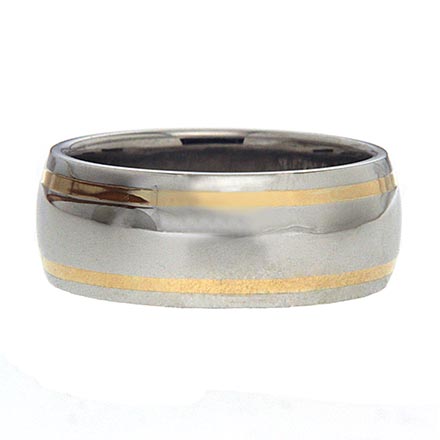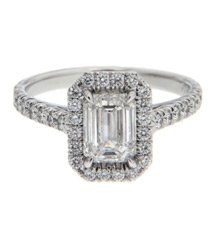About White Gold and Platinum
 Precious metals are known for their beauty, rarity and ease of shaping. A handful are especially popular for diamond engagement rings. Each one has different traits, such as melting points, malleability and so forth. Many of them possess a silvery white shade. Gold stands out for its yellow hues, but may change color if mixed with other materials.
Precious metals are known for their beauty, rarity and ease of shaping. A handful are especially popular for diamond engagement rings. Each one has different traits, such as melting points, malleability and so forth. Many of them possess a silvery white shade. Gold stands out for its yellow hues, but may change color if mixed with other materials.
Gold is frequently alloyed with other metals to add durability. Depending on the blend, it may remain yellow or gain a different hue. White gold is a neutral light grey. It’s sometimes achieved through mixing adding zinc and nickel, though this is falling out of favor. Palladium and manganese are also used. Unlike nickel, they’re safe for people with skin sensitivities.
“Platinum” is derived from the Spanish word for “little silver.” It can be stretched into the thinnest wires without breaking. For those who enjoy complex lacy designs, it’s the metal of choice. As with gold, platinum used for jewelry is combined with other metals like ruthenium for strength.
Both metals have neutral colors, hues which coordinate with any other color. This may appeal to style conscious people. Whether tone on tone white gold engagement rings or platinum gemstone and diamond bands, the colors harmonize.
The pale shades of white gold and platinum underscore a diamond’s color. The faintest jewels compliment the precious metals. Diamonds with more of a tinge appear stronger in platinum and white gold rings. If you’re not sure of how a diamond will look in a particular setting, please don’t hesitate to Contact Us.





